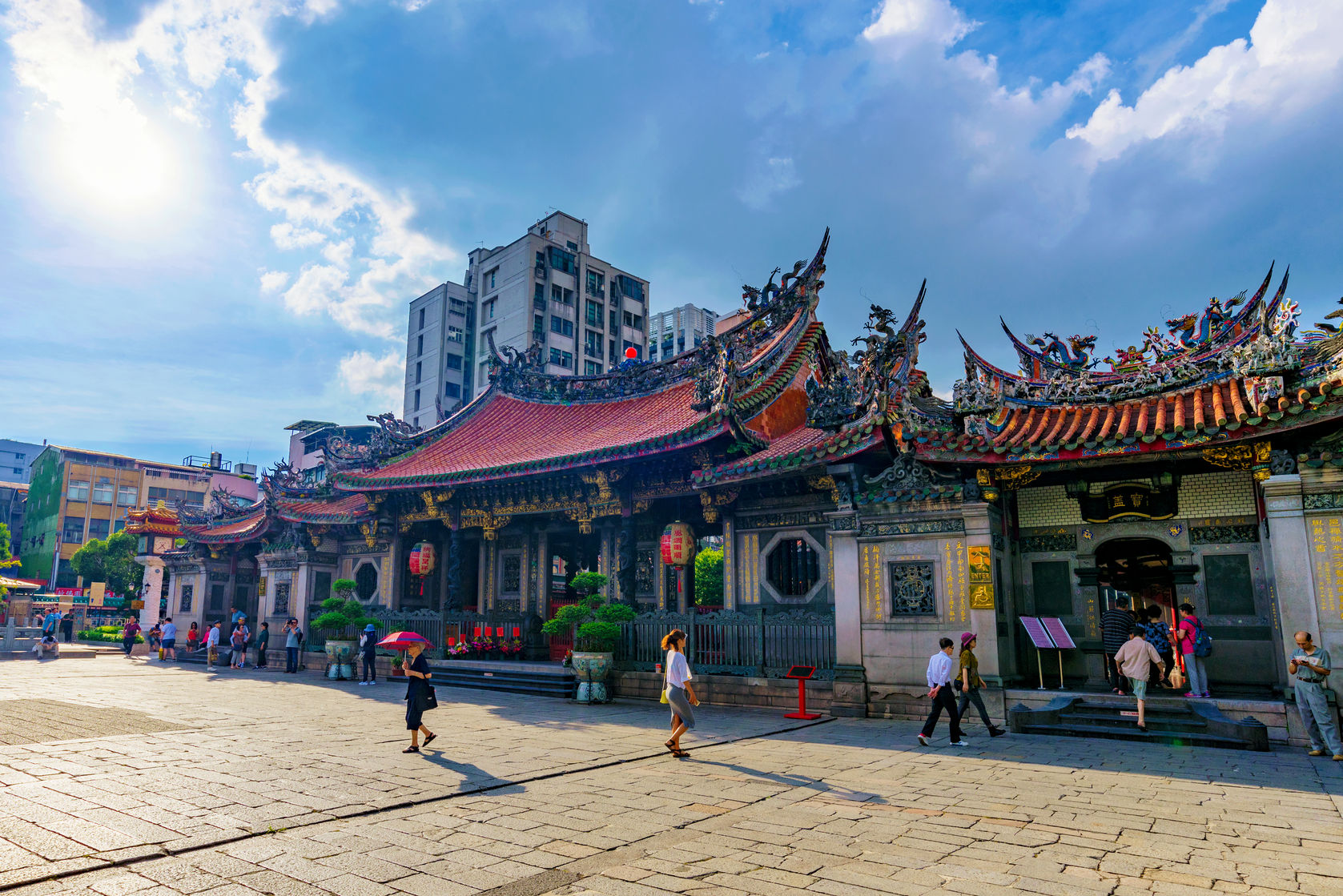23 April 2021
Ships and vessels are the most crucial asset to successfully build an offshore wind farm. We point out which regulations apply and where / how domestic and foreign-flagged vessels are treated differently.
In the second article of our "Taiwan Offshore Wind Series" series we discuss the use of installation vessels and the questions arising thereof in a legal context.
Ships and vessels
The works relating to the construction of windfarms are diverse and challenging. This applies not only to the equipment and vessels to be used but also to their legal framework and treatment.
First of all the status of Taiwan from an international law perspective is unique. Taiwan or the Republic of China (ROC) is not recognised as a country by the international community. The China recognised internationally is the People's Republic of China (PRC). Taiwan has therefore established its own legislation and judicial system. However, this means that international treaties do not apply to Taiwan itself but only to the PRC, as Taiwan is not recognised as a separate state by the other countries that are signatories to these treaties and thus could not sign up to them.
Territorial waters
Naturally, Taiwan did not sign the United Nations Convention on the Law of the Sea. Nonetheless, Taiwan regards the 12 nautical mile (nmi) zone as its own territorial waters and the 200 nmi zone as their exclusive economic zone (EEZ). The Taiwan Strait between China and Taiwan is approximately 180km/110miles wide and the most important zone for offshore wind parks. Hence, within the Strait, Taiwan considers the eastern half to be a Taiwanese EEZ and the western half to be a Chinese EEZ. However, there is no signed treaty providing for this and China has extensive claims regarding their territorial waters/EEZ, resulting in an uncertain legal situation. In practice, the ‘median line’ drawn by the US in 1955 does serve as an informal maritime border for Taiwan and China.
Regulatory frameworks for vessels
Again, Taiwan is not a member of the International Maritime Organisation (IMO) and did not sign the Memorandum of Understanding on Port State Control in the Asia-Pacific Region (Tokyo MOU), hence all rules provided for in these treaties do not apply.
However, Taiwan implemented its own local regime relying mostly on port state control broadly aligning with the Tokyo MOU. Rights of detention are available (and heavily used) in case of non-compliance.
Taiwanese flagged vessels
The Taiwan Law of Ships Act regulates classification surveys, certification of ships' nationality, tonnage, load lines and safety issues. Overall, these requirements align with the Tokyo MOU rules and thus are internationally comparable. Due to the fact that Taiwanese flagged vessels are allowed to call at any port and move freely, they are the most effective option for ‘on site’ work where calling at local ports might become necessary.
In order to obtain a Taiwanese flag, the owner must be of Taiwanese nationality or the company owning the vessel must be Taiwanese.
Foreign flagged vessels
Foreign flagged vessels must naturally comply with their respective flag state's regulations and classification requirements. To be able to call at a Taiwanese port, they are also required to be classified according to international standards, i.e. IMO standards. Further, foreign flagged vessels generally need CR classification to work on offshore wind construction sites.
In addition, foreign vessels generally need specific permits to enter Taiwanese waters which can potentially be difficult and time-consuming to obtain. These need to be obtained in a timely manner and require extensive planning to allow enough time for the process. We have experienced several problems where contractors have applied for permits and submitted the relevant paperwork on time but where permits have been held back regardless. It is therefore advisable to keep written proof of any/all communication with the Taiwanese authorities to prevent any misunderstandings.
All foreign flagged vessels are generally permitted to obtain permits and work on offshore windfarms in Taiwanese waters. The only exception applies to vessels built in the PRC or flying the PRC flag. Even though there have been discussions about making the use of Taiwanese flagged vessels mandatory if available, this is not yet a strict rule. However, the availability of Taiwanese flagged vessels for such work could make obtaining a permit for the foreign flagged vessel harder. If possible, using Taiwanese vessels for installation works will offer more flexibility to the contractor as no permits have to be obtained and the vessel can call at any port.
Maritime trade law
Maritime trade law is important in any aspect of international trade. In the context of offshore wind farms around Taiwan this becomes especially important, as most crucial parts such as piles, groundwork material, and especially turbines are almost always delivered from third countries.
In the absence of treaties, the Taiwan Maritime Code covers cargo shipments, liabilities, duties of shipper and carrier whereas the Taiwan Civil Code applies to any gaps in the Maritime Code. This offers the comfort of written code and comprehensive rules quite similar to the German Civil Code. Furthermore, the Taiwan Maritime Code covers the change of ownership of a ship. This is not only important with respect to determining ownership but also with regards to eligibility to carry the Taiwanese flag.
You can read the first article in our Taiwan Offshore Wind Series, "Introduction to the Taiwanese Offshore Wind Market", by clicking here.
Our Taiwan Offshore Wind Series continues with the following upcoming articles:
-
Taiwan Offshore Wind Series: Dispute Resolution and Other Security Matters
-
Taiwan Offshore Wind Series: Insights on the Regulatory Framework for Contractors in the Taiwanese Offshore Market.
For further information, please contact:
Anna-Sophie Waldmann, Clyde & Co
anna-sophie.waldmann@clydeco.com


.jpg)




